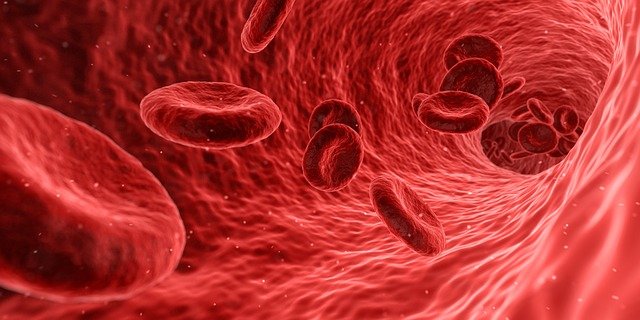Chinese remotely control immune cells. Natural microbots will help medicine
 The neutrophils are part of the non-specific immune system, our body's first line of defense against pathogens. Their advantages are their rapid responsiveness, ability to eliminate various threats, and ability to penetrate from blood vessels into infected tissue. They are therefore excellent candidates for use as micro robot. However, most previous strategies for targeting them rely on their natural mode of action, which often lacks speed and precision.
The neutrophils are part of the non-specific immune system, our body's first line of defense against pathogens. Their advantages are their rapid responsiveness, ability to eliminate various threats, and ability to penetrate from blood vessels into infected tissue. They are therefore excellent candidates for use as micro robot. However, most previous strategies for targeting them rely on their natural mode of action, which often lacks speed and precision.
Chinese researchers at Jinan University have set out to change this. They reported on the deployment in ACS Central Science optical tweezers for manipulating neutrophils in a living organism. The scientists decided when the neutrophils Granulocytes be activated and what route they would take to their destination. This allowed them to get drugs exactly where they wanted them and cleanse the body without having to alter the neutrophils themselves. In this way, they used the neutrophils naturally present in the body as micro robotthat they could control.
The Chinese are not the first to try micro robot use for medical purposes. However, with most current techniques micro robot generated outside the body and introduced into the body. However, this comes with a number of problems, from causing inflammation to removing the micro robot through the body before they can serve their purpose.
Image source: Pixabay; Which
It was already known that it was possible to manipulate neutrophils with light. However, these experiments were carried out in vitro. It was not clear if this art would also be successful in vivo.
Xiaoshaui Liu and his team used one Laserto create optical tweezers that they could use to control neutrophils in the striped bass's tail. They were able to move the neutrophils at a speed of up to 1,3 micrometers/s, three times faster than the natural movement of these cells. The scientists also showed that they were able to control the natural action of neutrophils. They decided when and where to get the neutrophils out of the blood vessels would move into the tissue, and in another experiment they commanded the cell to move a little nanoplastic capture and transport.
The use of natural neutrophils as directed micro robot in conjunction with intelligent control of their tasks is a promising way to perform complex operations in living organisms, e.g. B. in the treatment of inflammatory diseases, the conclusion of the study authors.